The digital business-card market is currently characterized by a dynamic competitive landscape, driven by technological advancements and evolving consumer preferences. Key players such as HiHello (US), Linq (US), and CamCard (CN) are actively shaping the market through innovative solutions and strategic partnerships. HiHello (US) has positioned itself as a leader in user-friendly digital solutions, focusing on seamless integration with existing contact management systems. Meanwhile, Linq (US) emphasizes customization and user engagement, leveraging data analytics to enhance user experience. CamCard (CN), on the other hand, has been expanding its footprint in the GCC region, capitalizing on its established brand recognition and robust technological infrastructure. Collectively, these strategies contribute to a competitive environment that is increasingly focused on innovation and user-centric solutions.
In terms of business tactics, companies are increasingly localizing their offerings to cater to regional preferences, which appears to be a critical factor in their success. The market structure is moderately fragmented, with several players vying for market share, yet the influence of major companies remains substantial. This competitive structure allows for a diverse range of products and services, fostering innovation while also presenting challenges for smaller entrants trying to establish a foothold.
In October 2025, HiHello (US) announced a strategic partnership with a leading CRM provider, aiming to enhance its integration capabilities. This move is likely to bolster HiHello's market position by providing users with a more comprehensive solution that streamlines contact management and networking. The partnership underscores the importance of interoperability in the digital business-card space, as users increasingly seek solutions that fit seamlessly into their existing workflows.
In September 2025, Linq (US) launched a new feature that allows users to create personalized QR codes for their digital business cards. This innovation not only enhances user engagement but also reflects a growing trend towards personalization in digital solutions. By enabling users to customize their cards further, Linq is likely to attract a broader audience, particularly among younger professionals who value unique branding.
In August 2025, CamCard (CN) expanded its services in the GCC by introducing multi-language support, catering to the region's diverse demographic. This strategic move is indicative of CamCard's commitment to inclusivity and accessibility, potentially increasing its user base significantly. By addressing language barriers, CamCard positions itself as a more attractive option for businesses operating in multicultural environments.
As of November 2025, the competitive trends in the digital business-card market are increasingly defined by digitalization, sustainability, and the integration of AI technologies. Strategic alliances are becoming more prevalent, as companies recognize the value of collaboration in enhancing their service offerings. Looking ahead, competitive differentiation is likely to evolve, shifting from price-based competition to a focus on innovation, technological advancements, and supply chain reliability. This transition suggests that companies that prioritize these aspects will be better positioned to thrive in an increasingly competitive landscape.


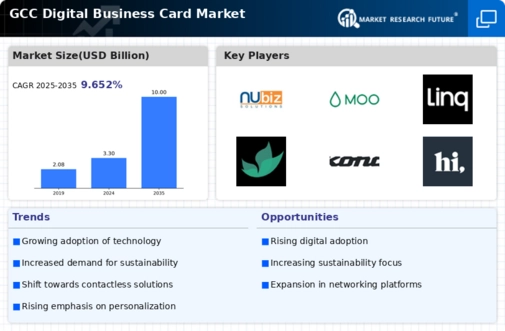
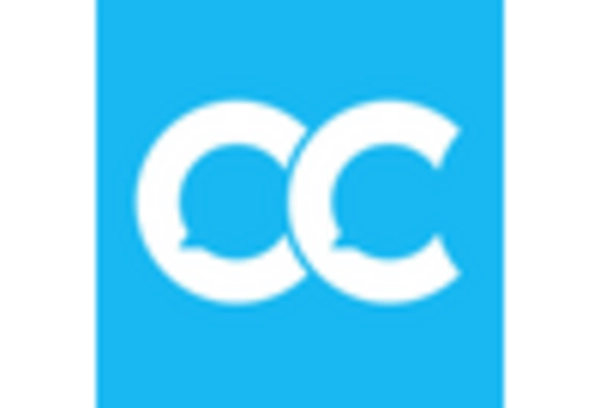
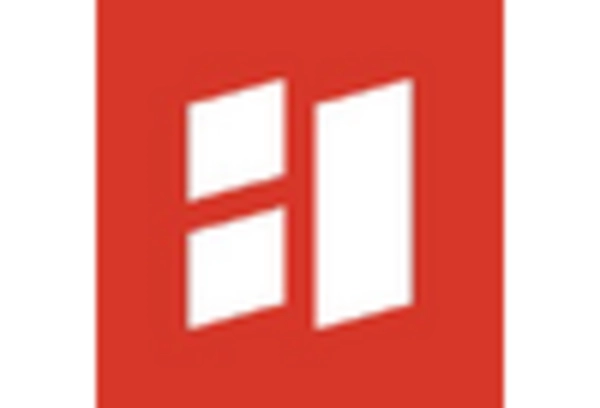


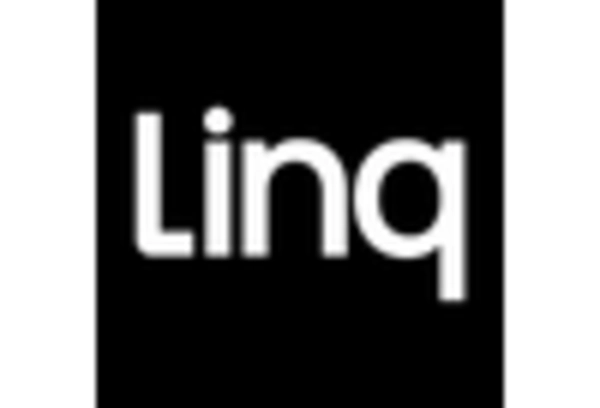
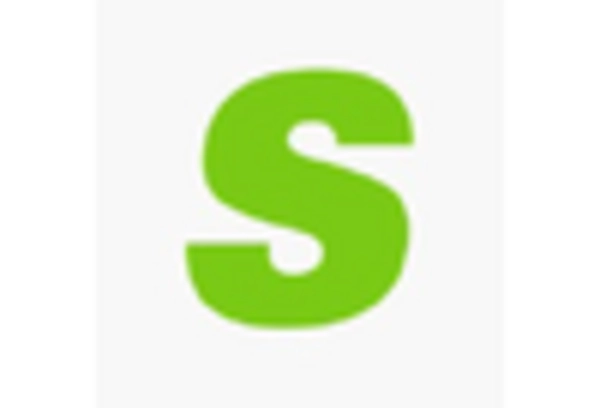








Leave a Comment